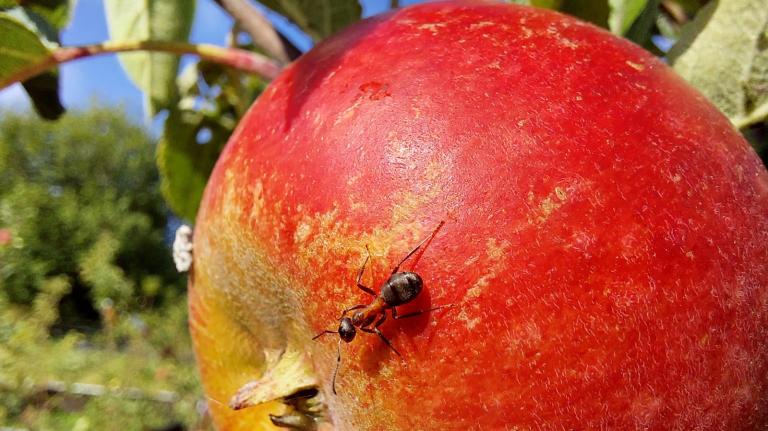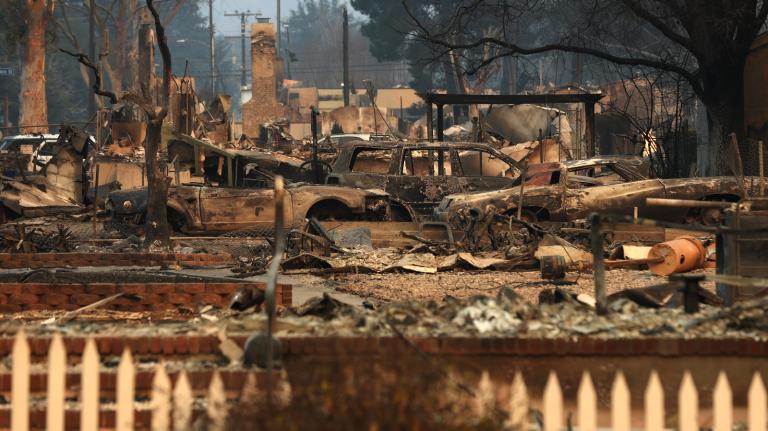The better part of this summer seemed to be dotted with stories of continued salmonella and E. coli outbreaks. First, the FDA thought the problem was with tomatoes; but, it turns out peppers were the culprits that caused more than 1,400 people in 43 states to become sick with salmonella Saintpaul. This marks yet another incident where the FDA has failed to ensure the safety of the American public and our food supply.
Now, the FDA has decided to allow use of a controversial method to combat microbial contamination of foods: irradiation. Starting Friday, the FDA will allow producers to use irradiation on spinach and lettuce in an attempt to kill disease-causing bacteria. For those who may not be up on the scientific lingo: irradiation is the use of high-energy Gamma rays, electron beams, or X-rays (which are all millions of times more powerful than standard medical X-rays) to break apart the bacteria in food.
Radiation is one of the more destructive forces in nature, and scientific studies have documented that irradiation can dramatically lower the nutritional content of foods like spinach and lettuce (irradiated foods can lose from 2-95 percent of their vitamins), particularly vitamin A and folate — an essential B vitamin. The FDA’s proposal concedes that irradiation will make spinach less nutritious. Sadly, the agency seems content to just accept the loss of such essential nutrients simply to avoid tackling the problem at its source.
While I certainly want the FDA to keep our food as safe as possible, it strikes me that the FDA is missing the fundamental key to “food safety” — the prevention of contamination from happening in the first place. Irradiation has been touted as the solution to food-borne illness in everything from spinach to deli meats. But a good, hard look at the systemic food and agricultural problems that cause these tragic outbreaks in the first place has yet to be undertaken by government agencies. Continually FDA seems to rely on after-the-fact “solutions” that fail to prevent contamination, and instead try to contain food-borne illnesses caused by such contamination after they have already occurred. In order to figure out how to prevent such tragic outbreaks in the future, it’s important to understand where pathogens such as E. coli originate.
According to the EPA, “E. coli is a type of fecal coliform bacteria commonly found in the intestines of animals and humans.” They elaborate further: “E. coli comes from human and animal wastes.” While most strains of E. coli are harmless to people, a few, like the dreaded O157:H7, are potentially fatal. Experience shows that many outbreaks of E. coli O157:H7 are traceable to contamination of our foods with animal wastes, particularly from factory farms where confined conditions foster unsanitary living conditions and the spread of pathogens.
In 2006, California spinach contaminated with E. coli O157:H7 sickened over 200 people, and killed three. A field investigation by FDA and the State of California identified the same strain of E. coli O157:H7 in cattle feces from a ranch close to where the spinach was grown. Besides being the source of three-quarters of the nation’s spinach, California is home to nearly 5 million cows which produce 15 million tons of manure every year — manure that often ends up in nearby waterways, including the ditches and channels of irrigation water for crops like spinach.
I know that the FDA has a big job to do, and that the agency is tragically underfunded. Yet, continually it seems like its only “solution” to our food safety problems come in the forms of little band-aids on very big wounds. If we want to truly reduce E.coli contamination we need to get back to the source. Irradiation may kill some bacteria in our foods, but it is no substitute for measures to clean up the huge animal operations that pollute our waterways and irrigation water with the raw manure that often carries pathogenic bacteria like E. coli.
Irradiation of spinach and lettuce is not the solution to food-borne illness, because spinach and lettuce are not the problem. The problem is, quite literally, the crap that is allowed to contaminate it.

